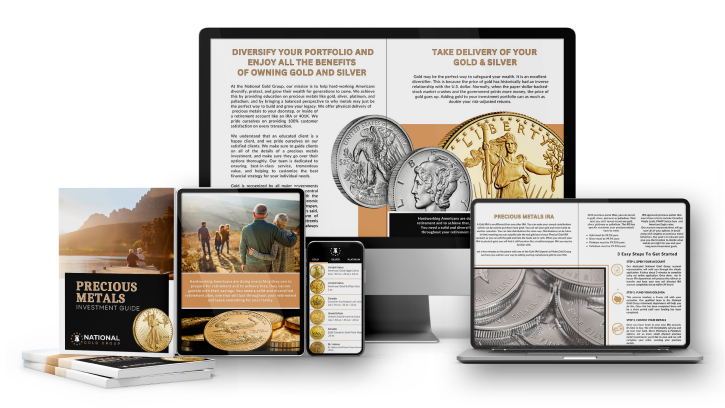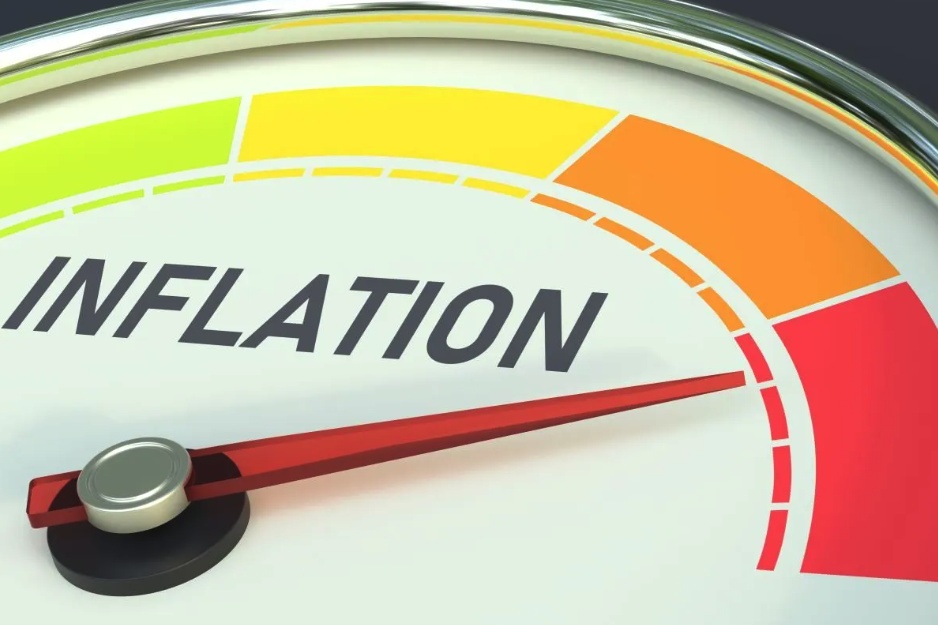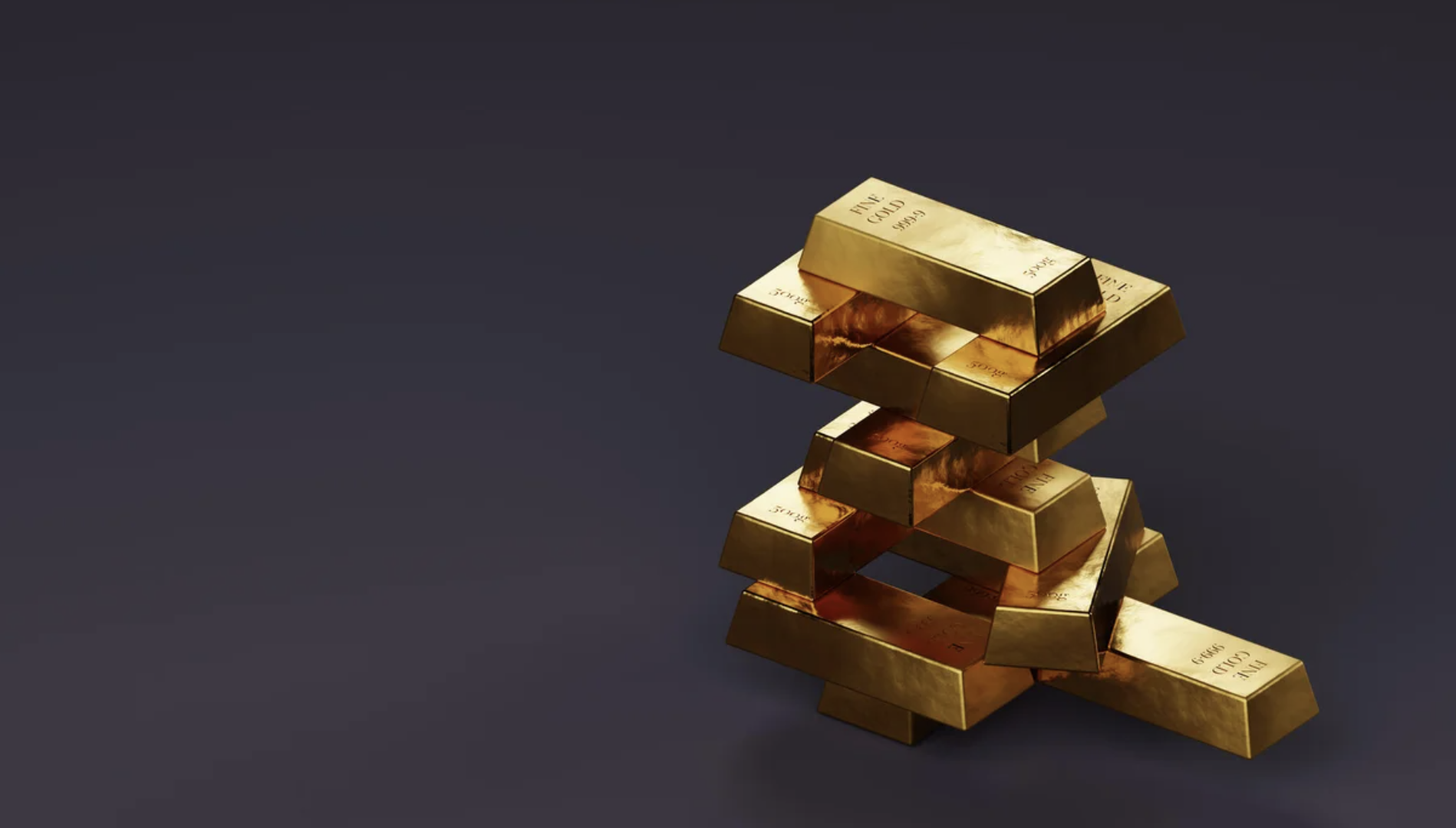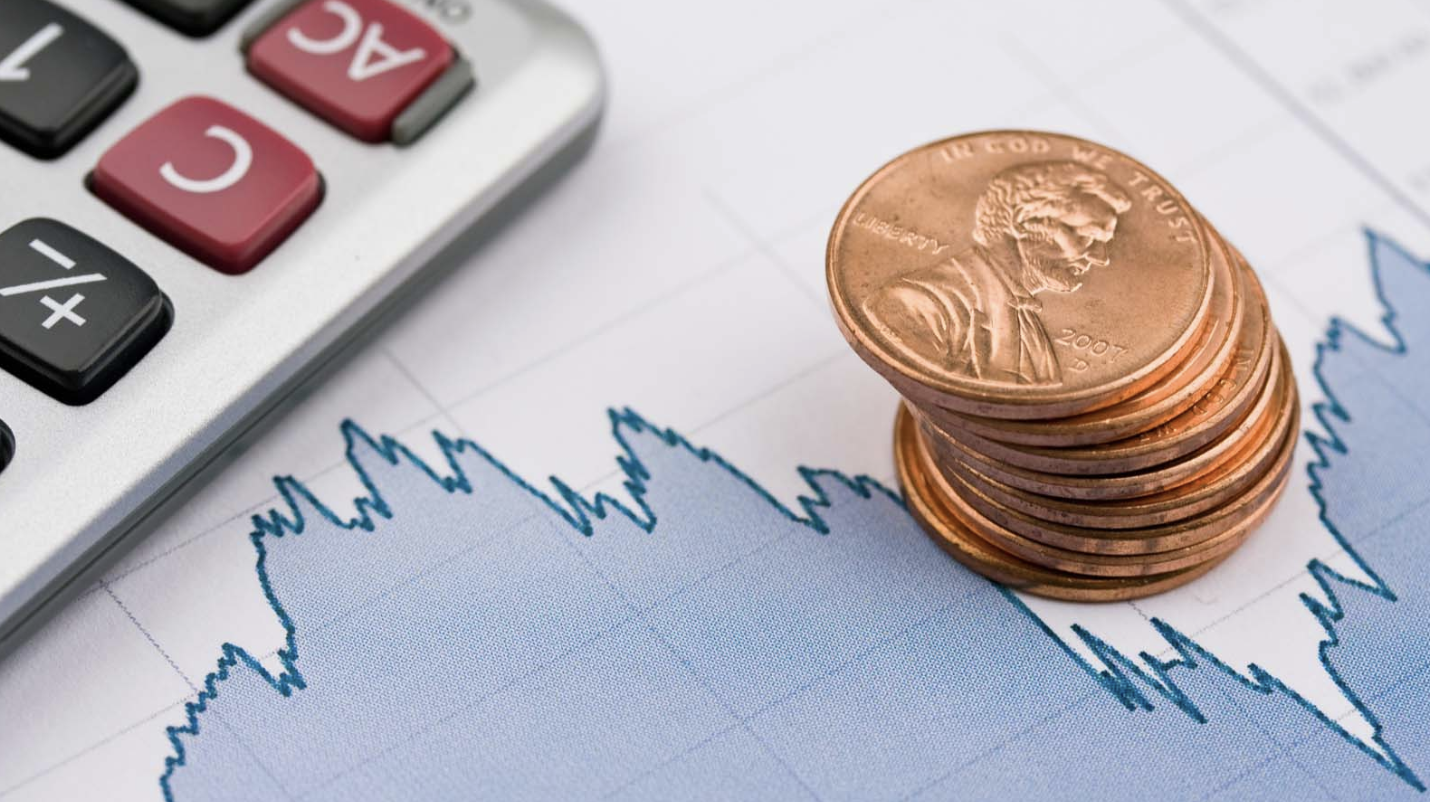KITCO: U.S. GDP is weak, recession is looming, and gold will hit ATH in H1 2024 - TD Securities

A looming recession, a slow-to-respond Federal Reserve, and a rapid cutting cycle will combine to push gold to new all-time highs in the first half of 2024, according to Daniel Ghali, Senior Commodity Strategist at TD Securities.
“We're looking at gold prices rallying towards $2,100 an ounce on an average quarterly basis,” Ghali said in a recent interview with Moneytalk. “On a more tactical horizon, that can overshoot quite substantially. Really what we're looking at here is a significant undervaluation of every macroeconomic scenario other than a soft landing. We're actually expecting a U.S. recession in the first half of next year, we're starting to see cracks emerge in the data, and investors are very severely under-positioned for that in gold markets.”
He said this is particularly notable given that the stock-bond correlations are abnormally high, meaning traditional portfolio diversifiers are no longer working well. “Commodities are one angle that you can take a look at to address that.”
Ghali believes the recent data indicating strength in the U.S. economy are misleading and conceal considerable weakness, and the Fed will have to cut deeper and faster than markets anticipate.
“The third quarter GDP report was gangbusters,” he said. “Intuitively, market participants have seen the trend growth that has occurred over the last few quarters and are starting to project that forward, but the reality is the quality of that GDP report was actually pretty poor.”
Ghali said TD Securities is expecting a “meaningful deterioration in the growth outlook” starting in Q4 2023 and continuing into the first half of next year. “We think the market is already comfortable with the idea of the Fed providing insurance cuts, but as the recession outlook firms, that's going to have to firm further as well,” he said. “The Fed is going to have to cut far more than the market is currently expecting.”
He also said that if the Federal Reserve is basing its decisions on real rather than nominal rates, then ‘higher-for-longer’ actually amounts to additional and significant rate increases, even as growth deteriorates.
“This is the hard part for people to wrap their heads around,” Ghali said. “Powell has already communicated the idea that the FOMC is actually comfortable with the idea of looking at the Fed funds rate in a real basis. If the Fed actually just keeps nominal rates constant and inflation is coming down over the first half of next year, you actually expect the real Fed funds rate to increase notably. That's actually the Fed tightening significantly over that period of time, which is not necessary when growth is already deteriorating, when inflation is actually getting closer and closer to target every month.”
“If there is indeed a recession, as we expect, we think the market is going to price a significantly deeper cutting cycle.”
He added that because central banks like the Fed are backward-looking in terms of data, they will necessarily be late to respond to the deteriorating growth outlook. “Central bankers tend to look at data as it comes in, so by the very nature of that, they are going to be behind the curve when it comes to the growth outlook, they need to see actual weakening in the data before they cut,” he said. “The result of that is the economic deterioration that we'll see between those moments in time is going to accelerate, and that's probably going to necessitate more aggressive cuts.”
Ghali expects that this is the period when TD expects gold prices to begin to set a series of new all-time highs. He also said that gold’s current strength even before the coming breakout shows that central bank buying has resulted in a structural change in the market.
“What's interesting about gold markets is that the upside we've seen in interest rates tends to be pretty negative for gold prices, but gold prices today, if you zoom out, they're still hovering near all-time highs,” he said. “The deterioration of that relationship actually points to very significant central bank demand that has distorted that relationship, given that it's largely investors that tend to look at interest rates, and that filters through to the capital that flows through to gold.”
“Central banks don't tend to look at it that way,” Ghali said. “We think that this is a structural trend driven by a mind shift in the global South where central banks, everywhere from China to the Middle East, Turkey and so on, are looking to add gold to their FX reserves.”
“If central bank demand remains as firm as it has been, or just generally strong, and investor demand kicks in on a lower interest rate outlook, then the outlook for gold tends to be quite positive.”




